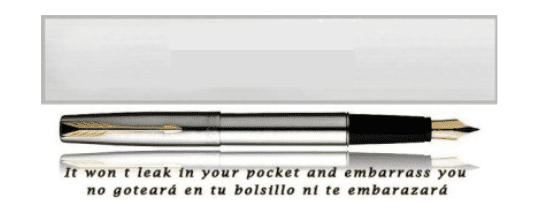Expand your Horizons: Increasing your International Reach

You’ve decided that you want to grow your company. You’re sure you want to expand your horizons and sell in other countries, and your goal is to increase your international reach. But in which countries are you going to sell? How will you choose them?
Things to Consider
Before you decide anything, there are many things you need to analyse carefully, including:
- What do you know about each country?
- Can you sell your product or service without any difficulties?
- Have you worked out your potential yearly sales?
- Do you know if your service or product is suitable for the market you want to break into?
- Do you have a clear idea of who your ideal customer is in each country?
Once you’ve done your homework and understand the potential of your product in each country— in other words, the profit you could make—you need to decide what countries you want to start selling in and how to do it.
Language
An important aspect directly related to “how to do it” is knowing what language the people speak in that country. Can you tell them about what you are selling? Being able to properly convey the benefits and characteristics of your product is crucial to convince your future customers that they should buy your product, instead of somebody else’s.
In this article we talk about the importance of speaking your customer’s language.
What about your website?
Your website is your presentation card. Will your customers understand it?
The first step towards increasing your international reach is to translate your website and marketing materials.
There’s no point in carrying out in-depth market research to evaluate sales potential if, once your countries have been identified and you start to focus on sales, your website isn’t properly translated. Your potential customers will visit your website but they won’t be able to understand what you sell because they won’t see the information in their own language. Worse still, if the translation of your website contains mistakes, it could negatively affect your company’s image

Parker advertised a fountain pen in Mexico with this slogan: “no goteará en tu bolsillo ni te embarazará”, meaning: “it won’t leak in your pocket or get you pregnant”. They mistakenly thought the translation of the word “embarrass” in English was the Spanish word “embarazar” – to get pregnant.
Examples like the above show just how important investing time and resources is to make a good first impression. It is essential to present your company website with up-to-date information, adapted for a particular country or language. Don’t take shortcuts by not checking your content thoroughly, and make sure that everything can be understood.
If you’re thinking about giving your company website a makeover, bear in mind that you need to be able to add other languages easily.
You should also check the law for those countries you want to sell in, both for products and services. It’s important to know what documents are compulsory to deliver with a particular product (assembly instructions, license information, safety labels, etcetera) and also what linguistic regulations need to be complied with. To do this, it is helpful to work with people from that particular country, or use experts in exportation and international law.
Some languages change their spelling and expressions depending on the country where they are used, and you’ll need to decide which linguistic variation you prefer. This will depend on the sales potential revealed by your market research for a particular country.
Cases in point are English for the UK or the US, Portuguese for Brazil or Portugal, French for France or Canada, Spanish for Spain or South America (Mexico, Argentina, Uruguay, etcetera) or neutral Spanish. As there are 400 million people in 21 countries where Spanish is the official language, it’s unsurprising there are so many variations.
Sometimes these languages aren’t natural; for example, neutral Spanish. They are languages that have arisen from a need to reduce the differences between variations of the same language. This, however, is a topic for another article.
If you want to start exporting and you’re thinking about translating your web or some of your marketing materials, we can help you at LocalizationLab.
If you want to know more about increasing your international reach, please click here.
Written by LocalizationLab
